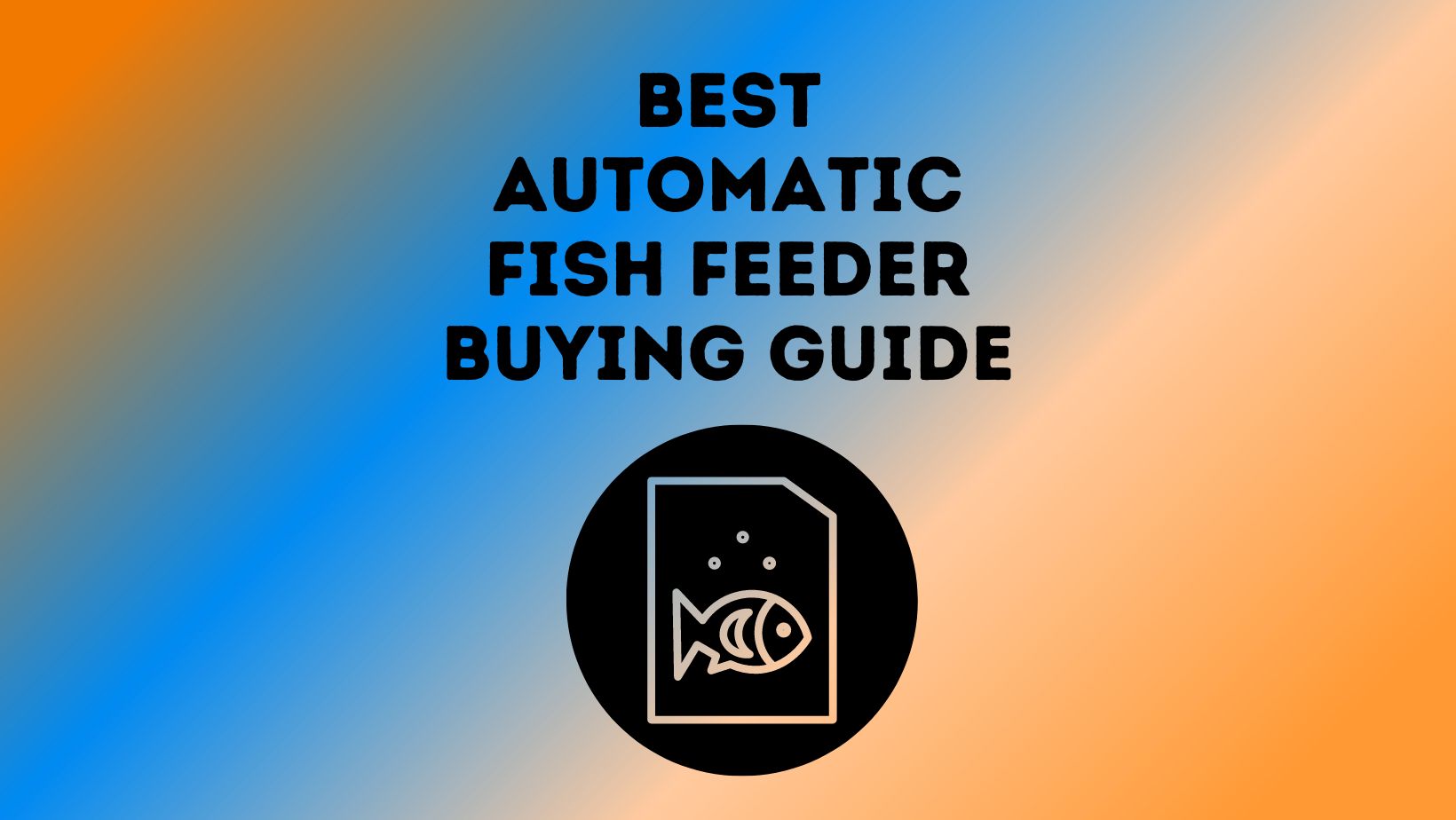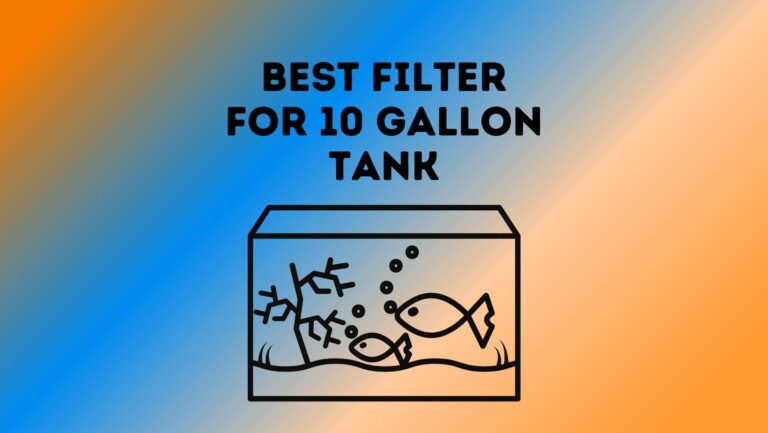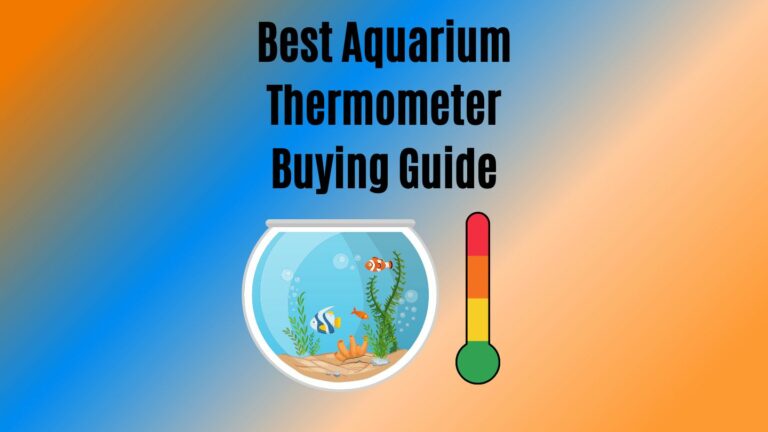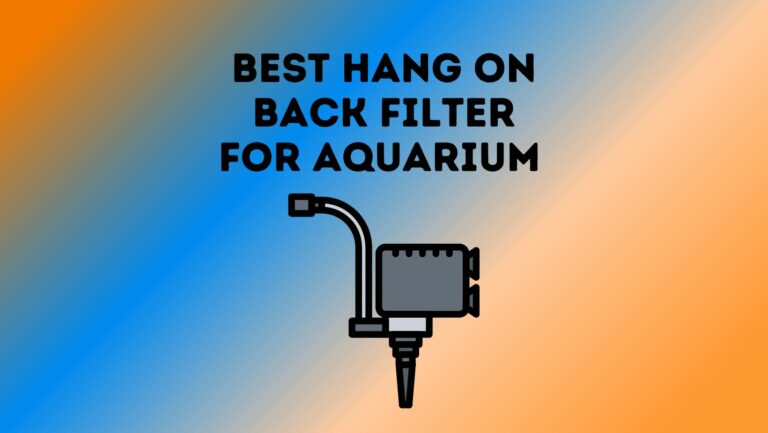
We’re all busy people – rushing to and from work, looking after children and doing household chores can take up a lot of time.
Sometimes though, this means that we can forget to do certain important things – such as feeding our fish.
If only technology had a way to keep our precious water dwellers alive… Oh wait, there’s a solution!
If you’re looking for a way to feed your fish without having to remember every day, fear not – the automatic fish feeder is here.
There are dozens of these fantastic little gizmos in the market to keep your fish happy and fed all day. The only question is, what ones are the best?
Well, here’s our ranking of the best automatic fish feeders. We’ve also written a nifty buyer’s guide to help you to narrow down your decision.
Best Automatic Fish Feeder Buying Guide
What Is An Automatic Fish Feeder, and Why Do I Need One?
As the name suggests, an automatic fish feeder is a device that will automatically feed your fish.
All you need to do is fill up the container on the device with your choice of fish food – preferably dry. You can then set a built in timer to feed your fish at certain intervals.
It takes up barely more than 5 minutes of your day and it keeps your little swimmers alive for that much longer.
With that, you are free to embark on a vacation without coming home to your children crying that their fish are dead. Your fish will be nice and fed for the duration.
You can usually use these fish feeders in any kind of fish tank – they’re suitable for reef, marine and freshwater tanks. In fact, a lot of feeders can even provide up to 6 weeks of food.
Well, you don’t really need a fish feeder, but they’re certainly convenient. It saves you from having to enlist the help of friends and family to ensure that your fish are fed when you are gone.
Sometimes your grandma just doesn’t know your dietary requirements as well as you do, but you don’t need to worry if you have an automatic fish feeder.
Things to Consider
1) Type of Fish Feeder
There are two main kinds of automatic fish feeders: rotating barrel fish feeders and portion control fish feeders. Each of these options have their own pros and cons.
The first type of automatic fish feeder is the rotating barrel type. This is the kind that you are most likely to see. With this kind of fish feeder, the barrel will rotate when it’s time to feed your fish and it will unleash the food for your hungry fish to eat.
The hole size in the barrel is what determines the amount of food that is unleashed, but it is possible to control the size of that hole.
This is also the kind of fish feeder that has the largest capacity, so if you’re planning on going for a trip for a number of weeks then this is certainly the option for you.
With that being said, this kind of fish feeder is not without its issues. It often isn’t the best option for community aquariums because it only has one compartment.
While it is entirely possible to fill the barrel up with a few different kinds of food, there’s no way of knowing if that food is going to be dispensed evenly throughout the whole aquarium.
For instance, too many flakes and not enough pellets could be released. You also shouldn’t put large dried foods in there as they can stop the barrel from opening entirely.
Portion Control Feeders are another good option. With a portion control feeder you will get control over the exact amount of food that can go into the tank.
Essentially, they have a little circular tray set up. You need to set up each of the trays with the amount of food that you wish to be released at any given time.
From there, you simply need to set a timer. Whatever you have put into the tray is then released into the tank. This means that you can measure out every bit of food and you can even mix a variety of food types.
This means that your fish will all get the exact amount of food that they require to keep their nutrition in check. This makes it an ideal option for things like community aquariums.
Of course, the issue with a portion control feeder is that they are not able to hold as much food. This means that they do not work well if you are not going to be home for long periods of time. They can feed your fish for around 10 to 14 days.
Each option has its own pros and cons, so it’s simply a matter of choosing which option will work the best for you.
2) Size of automatic fish feeder
Before you buy your automatic fish feeder, you should always consider how big it is.
Sure, size doesn’t always matter, but do you want a feeder that will keep your fish well-nourished for a day or one that will keep them fed for weeks on end?
The other thing that you need to think about is how big your fish are. If you have larger fish then of course they are going to need more food, but the opposite is also true if your fish are tiny.
You may not need a feeder that’s huge if your fish is about the size of your thumb. Consider the capacity you need before you buy.
3) Battery Life
There are a number of different automatic fish feeders that can operate from batteries that you can recharge, which is ideal.
The vast majority of feeders actually use AA batteries that need to be thrown away after use, however.
In addition to this, the battery life will differ based on the number of features that the feeder offers, in addition to the kinds of batteries that it uses.
For the most part, automatic fish feeders should have a battery life that lasts around 6 months or more.
It’s also worth looking for a model that has a low battery power indicator light to show you when your batteries need to be replaced or recharged.
4) Amount of Feedings
You should look for a model that has a wide range of different feeding times available based on the needs of your fish. There are many options out there that will only dispense the food on one occasion per day, which may be ideal for some fish but it may not work for others.
The vast majority of fish would do better with smaller feedings staggered throughout the day, as this is similar to how they would eat out in the wild.
5) Ventilation System
Proper ventilation is crucial in an automatic fish feeder. This is because if moisture ends up building up inside of the feeder, the food inside of it can end up clumping up together.
This means that the feeder may not be able to operate at all. There are many feeders that come with little fans built-in, whereas others have vents that are built right into the food dispenser.
You will need to monitor your feeder much more closely if you don’t have a ventilation system as it may be more susceptible to damage.
6) Casting Distance
This is much more beneficial for people that have large fish tanks, but it’s worth considering the casting distance of your automatic feeder.
This essentially refers to the amount of distance from the feeder that the device can deliver food.
There are many models that will just put the food in one particular position, whereas others can distribute it throughout the tank, making less greedy fish a chance to get some food.
7) Attachment Mechanism
Before you buy your automatic fish feeder, consider your tank and the attachment mechanism.
Not all tanks are compatible with all mechanisms, so you will need to ensure that your purchase is right for your fish tank in this respect.
Frequently Asked Questions
What are the main problems with automatic fish feeders?
The main issue with automatic fish feeders is that if they stop working, your fish have no food when you’re gone. For this reason, it’s best to ensure that you get a fish feeder that is well-built to avoid this occurring.
This means that you have healthy happy fish for that much longer. As you can see, their benefits far outweigh their drawbacks.
How do you set up an automatic fish feeder?
Setting up your automatic fish feeder is pretty simple. To start with, make sure that you keep the feeder aside from any other kinds of equipment in the tank.
Then mount it in the location where you want to put it. This could be using brackets or suction cups. After this, set up the power supply – this is generally a cord or batteries.
All you need to do then is put the food in the feeder. You can generally change the settings using buttons that are on the digital screen.
This will allow you to alter the portion size and the number of feedings. You should try to test it out using a ‘feed now’ button if your device has one.





